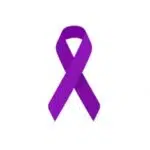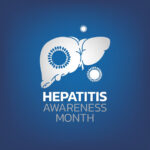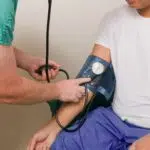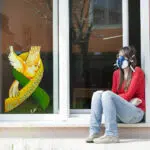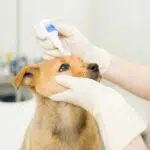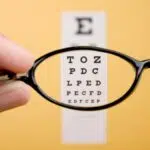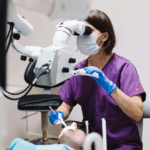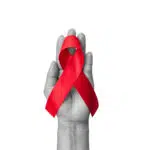There’s no doubt: Skin cancer’s the most common type of cancer in America — by far. Still, when treated early, it’s curable. Melanomas, while less prevalent, are more dangerous because they’re much more likely to grow and spread to other areas of the body. Learn more in May during Melanoma/Skin Cancer Detection & Prevention Month.
Remember, you can reduce your risk by limiting or avoiding exposure to sunlight. Checking your skin for suspicious changes can help detect cancer early. Note: Skin cancer affects people of all skin tones, including those with darker complexions.
Read on for tips and helpful advice on treatment and prevention.
Melanoma / Skin Cancer Detection & Prevention Month timeline
A Massachusetts General Hospital study found that two topical creams, used together, greatly reduce the odds for squamous cell carcinomas — the second most diagnosed form of skin cancer.
The World Health Organization moved UV tanning beds to its highest cancer risk category: "carcinogenic to humans." Prior to the move, the group had classified tanning bed use as "probably carcinogenic."
Studies determined that a procedure called "dermoscopy" is more accurate than a doctor's visual examination for identifying potential melanomas.
Research showed skin cancer – including melanoma – increased in both children and young adults. The incidence of melanoma rose 3 percent each year from 1973 to 2001 in people under 20.
Australian researcher Henry Lancaster linked the sun's ultraviolet radiation to increased cases of melanoma. He was the first to measure the connection between melanoma and latitude — especially in Australia and New Zealand.
How to Observe Melanoma / Skin Cancer Detection & Prevention Month
See a doctor
Schedule a visit if you notice any changes to your skin that concern you. Not all changes signal a problem. Make time during Melanoma/Skin Cancer Detection & Prevention Month to examine your skin.
Wear sunscreen
It's a good idea year-round. Sunscreens don't filter out all harmful UV rays, especially those that can lead to melanoma, but they play a very big role in overall protection.
Avoid tanning beds
People who use a tanning bed before the age of 35 increase their risk for melanoma by 75 percent. Plus, UV radiation can lead to premature skin aging (wrinkles, loose skin, brown spots) as well as skin cancer.
5 Skin Cancer Risk Factors
Fair skin
If you have blonde/red hair and light-colored eyes, and you freckle or sunburn easily, you need to take extra precautions.
Abnormal moles
The medical term is "dysplastic nevi." Monitor them regularly and see a doctor if you spot changes. Check your skin during Melanoma/Skin Cancer Detection & Prevention Month
Too much sun
Sunny days might lift your mood, but not your skin. Living at higher altitudes prone to strong sunlight also exposes you to more radiation.
Smoking
Here's another reason to quit: Smokers are more likely to develop squamous cell skin cancers, particularly on the lips.
Family/personal history
Pay extra attention if you, a parent, or a sibling has, experienced skin cancer before.
Why Melanoma / Skin Cancer Detection & Prevention Month is Important
One in five Americans
Skin cancer's widespread. Approximately 9,500 people in the U.S. are diagnosed every day. More than a million Americans are living with melanoma (the most dangerous type).
Early treatment leads to cures
Common types including basal cell and squamous cell carcinomas are highly curable. And the five-year survival rate for people who can detect and treat melanoma before it spreads to the lymph nodes is nearly 100 percent.
High costs
The annual cost of treating nonmelanoma skin cancer in the U.S. is estimated at $4.8 billion, while the average annual cost of treating melanoma is estimated at $3.3 billion.
Melanoma / Skin Cancer Detection & Prevention Month dates
| Year | Date | Day |
|---|---|---|
| 2026 | May 1 | Friday |
| 2027 | May 1 | Saturday |
| 2028 | May 1 | Monday |
| 2029 | May 1 | Tuesday |
| 2030 | May 1 | Wednesday |


































































